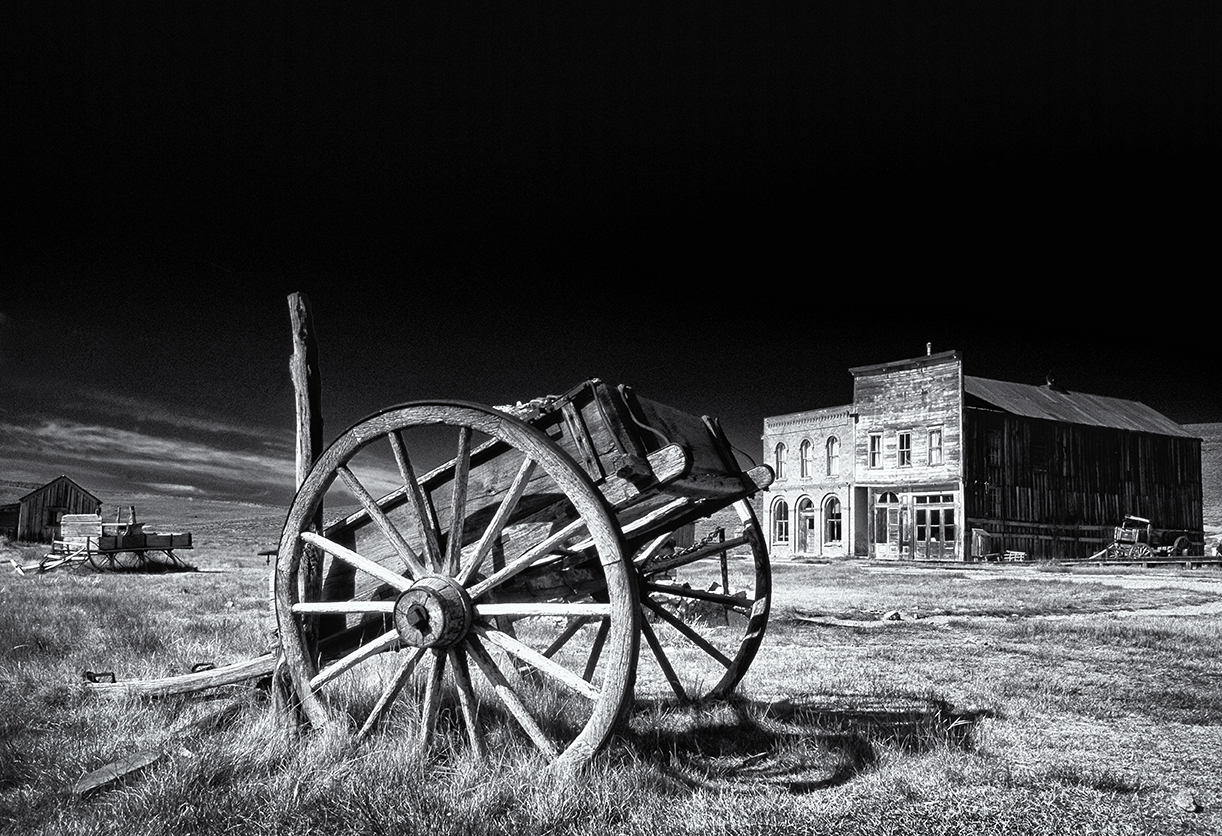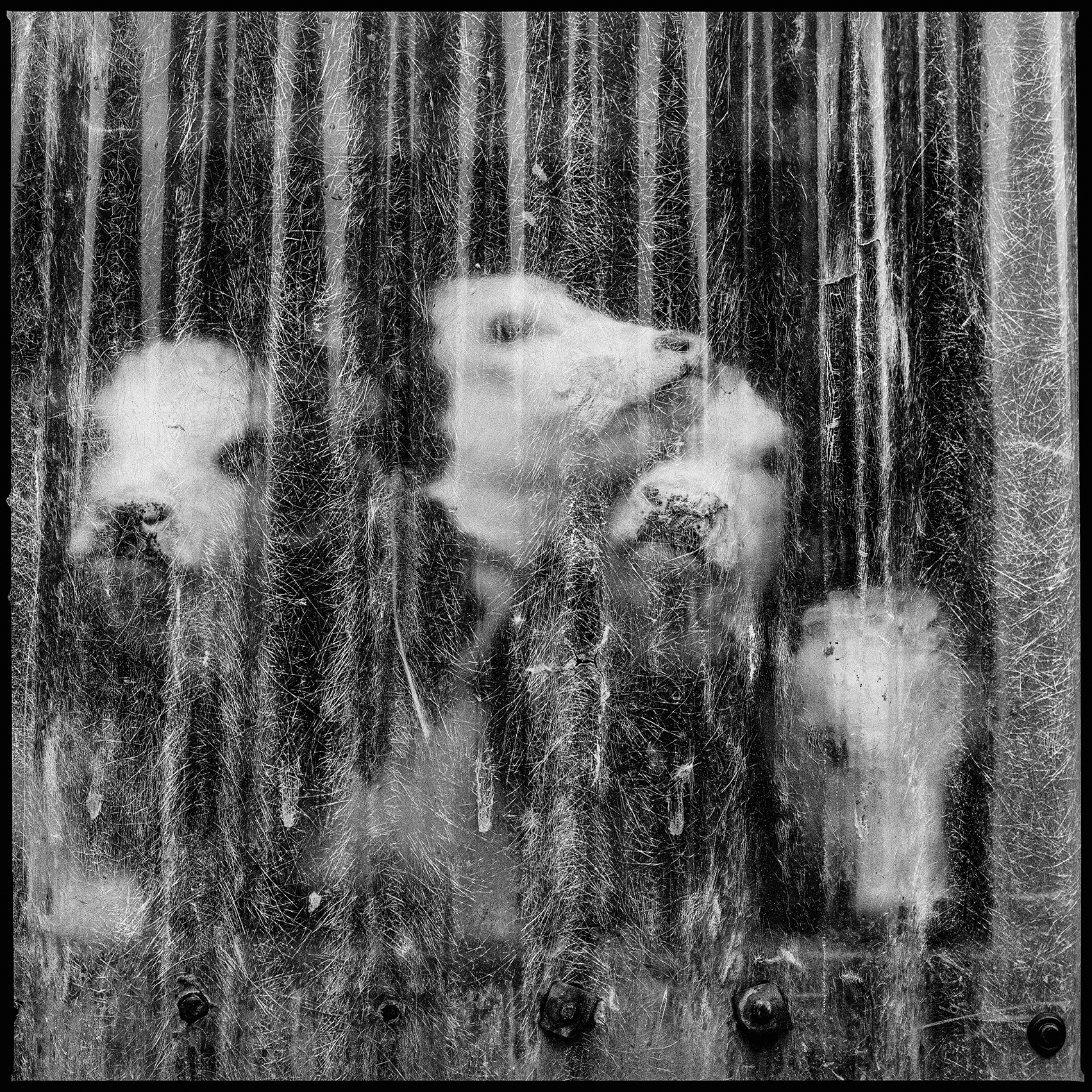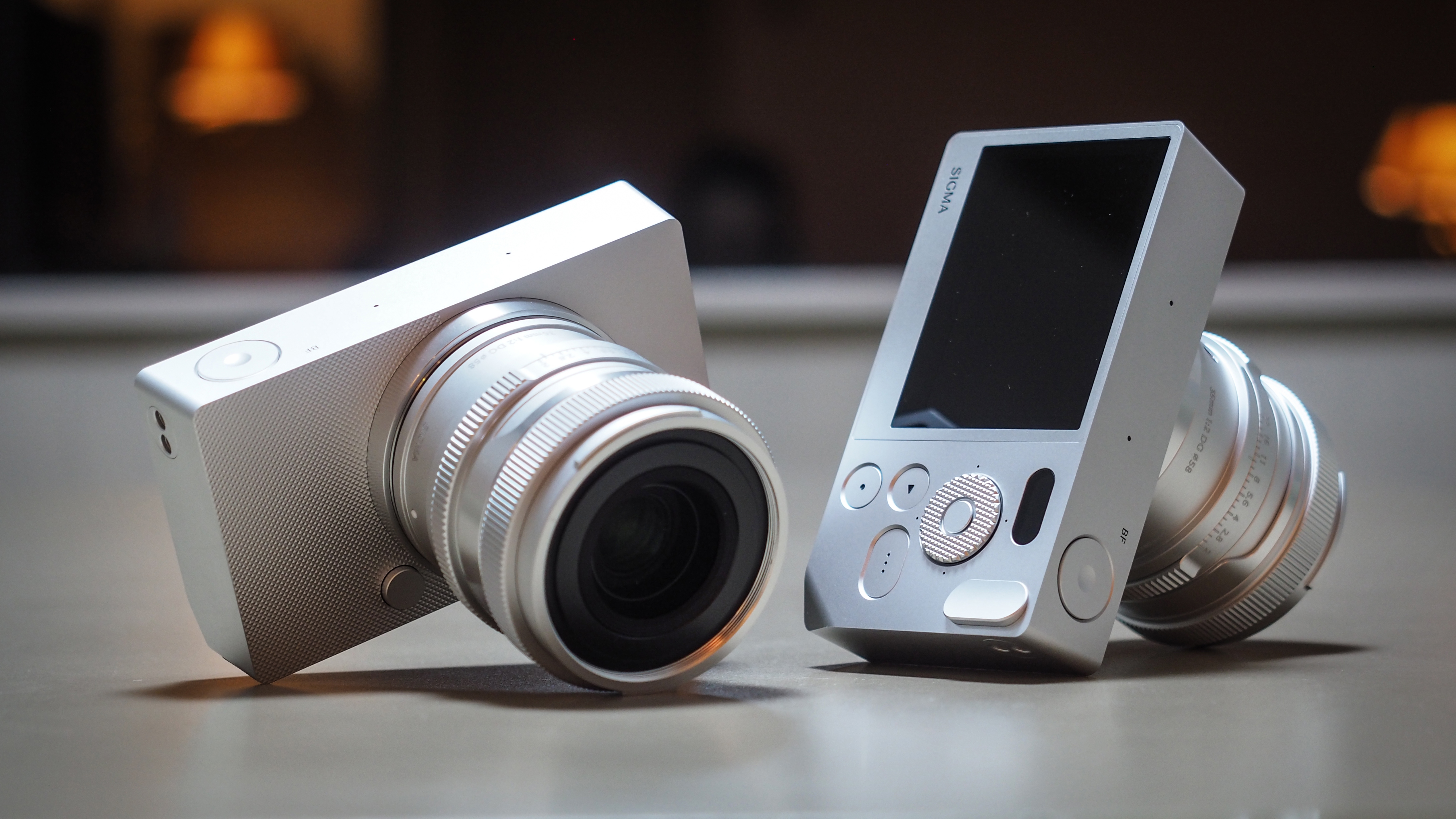If there is ONE thing old cameras did better it is this
"Nowadays people stick the camera on auto, high-speed motor drive, auto eye detect and then hope there is a decent frame in there somewhere"

Okay, in the first instance, what do I mean by an "old camera"? I started my career with one of the best 35mm film cameras, a Nikon F2, although I regularly had to use a Hasselblad for studio work and a 5x4 plate camera for architecture, so I’m talking about the cameras of the late '70s and early '80s. Surely these old cameras are no match for the modern, mirrorless, all-singing and dancing, feature-driven, computerized wonder machines of today?
So, did "old" cameras do things better? Basically they were light-tight boxes with a manual focus lens, a light meter and, if you were really lucky, a motor drive. Pro-spec models were invariably built to last; my Nikon F2 from the mid-1970s still works perfectly well and my Leica M3 from 1955 is still a joy to behold, but were they any better?
I’m not sure that the cameras were better but, due to production techniques and changes in European manufacturing law surrounding the use of certain chemicals and processes, perhaps some lenses were actually better then than their modern counterparts, despite the modern coatings.

But the cameras? If there is one thing old cameras did better it was to make the photographer think. There was no post-production software to get you out of a hole; you had to know your craft inside and out, and hone your skills and technique.
There was no firing a shutter at 14 frames a second and having auto eye detect help you, and then Photoshop to tweak shadows, highlights, color and sharpness – you had to get it right at the time of taking. Invariably a brilliant darkroom printer could change the look and feel of an image, but generally you were only as good as your last job.
I recently attended a lecture by one of the finest documentary photographers of the '60s, '70s and '80s, and he told me he would shoot just a few frames and move on. Film camera, manual focus, handheld meter and manual wind on. His work is superb.

I was also lucky enough, at the beginning of my career, to assist one of the finest portrait photographers working in the UK in the late '70s and early '80s. And on a shoot, by the end of the first roll of film (12 frames on a Hasselblad) he invariably knew he had the image he wanted. It was nothing to do with an automated, does-it-all camera, he was able to control the sitter and coax out of them the image he wanted.
Get the Digital Camera World Newsletter
The best camera deals, reviews, product advice, and unmissable photography news, direct to your inbox!
Nowadays people stick the camera on auto, high-speed motor drive, auto eye detect and then hope there is a decent frame in there somewhere. Back in the day, the photographer was doing the hard work – not the camera.
The documentary photographer I was chatting to said, "It's not the camera or lens, it's the person behind the camera that matters." Never a truer word has been spoken.

"Old" cameras made photographers understand technique, and light and its interplay with the subject – be it a fashion model, building or landscape. Modern cameras have so much latitude for error, and the post-production software has so many ways to recover a failed image, that it seems today you can go out and shoot without knowing your f-stop from your elbow.
Using an uncomplicated camera made you aware of your limitations and those of the camera. You became aware of your camera settings and what they did, and how they impacted the final image. You watched, observed and waited for the right light and the right moment to press the shutter button, and you learned from your mistakes very quickly. And that, in my opinion, was worth a great deal.
You might also like…
If, like Jeremy, you aren't a fan of the best mirrorless cameras or the best photo editing software, check out the best film cameras – or cheat by getting one of the best retro cameras that look like film cameras, but pack mirrorless technology.
Jeremy Walker is an award-winning professional photographer with many years of experience specialising in high-quality landscape and location photography from around the world for use by advertising, design, and corporate clients. A belief in 'quality is everything', a meticulous approach and a far-reaching vision and style serve Jeremy and his clients well.

